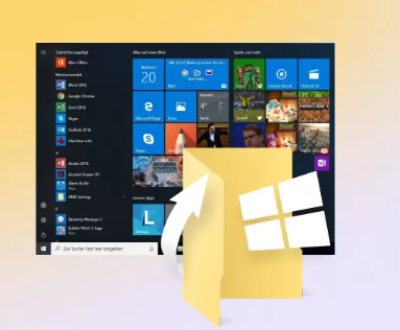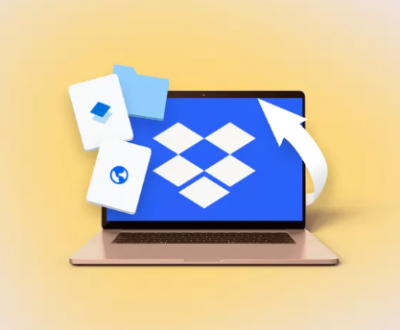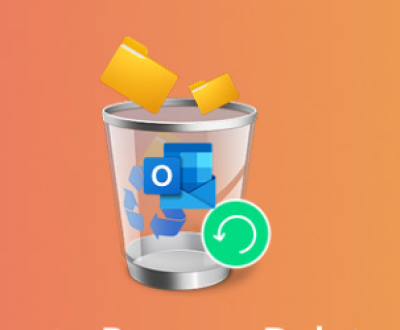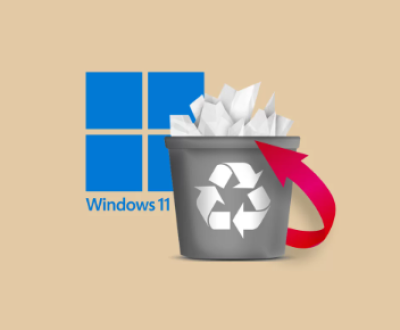Downloading movies to a flash drive is a practical way to store and carry your favorite films, especially if you need a portable solution for playback on different devices. This process is relatively straightforward, but understanding the technical details involved can ensure that you avoid common pitfalls, such as compatibility issues, data corruption, or slow transfer speeds.
1. Choosing the Right Flash Drive
When it comes to downloading movies to a flash drive, the first step is selecting the right storage device. The key considerations here are storage capacity, speed, and compatibility.
Capacity: Movies can take up a considerable amount of space, especially high-definition (HD) or ultra-high-definition (4K) content. A standard movie file can range anywhere from 700MB to 10GB or more, depending on its length and quality. For storing multiple movies, consider flash drives with a capacity of at least 64GB or higher.

Speed: The speed at which data is transferred between your computer and the flash drive is also critical. Flash drives are often classified based on their read and write speeds, measured in megabytes per second (MB/s). For example, a USB 3.0 or USB 3.1 drive typically offers faster data transfer than USB 2.0 drives, which can be essential if you are transferring large movie files.
Compatibility: Most modern computers and devices support USB 3.0 or higher, but it’s important to ensure the flash drive is compatible with the device you intend to use it with. Some older devices may only support USB 2.0. Additionally, make sure your flash drive is formatted in a way that is compatible with both your computer and the device where you’ll be watching the movies.
2. Preparing the Flash Drive for Movie Storage
Before downloading or transferring movies to your flash drive, it’s essential to ensure that the flash drive is properly formatted. This step helps optimize performance and ensures that your flash drive can be used on different devices without issues.
Formatting the Flash Drive: When you first use a flash drive, especially one that has been used for other purposes, it’s advisable to format it for the specific use case. Here’s how to format a flash drive for movie storage:
Insert the Flash Drive: Plug the flash drive into a USB port on your computer.
Open File Explorer (Windows) or Finder (Mac): Locate the flash drive under “This PC” (Windows) or “Devices” (Mac).
Right-click on the Flash Drive (Windows) or Ctrl-click (Mac) and select Format.
Choose File System: The file system determines how data is stored on the drive. For Windows computers, exFAT or NTFS is recommended, as they support large file sizes (more than 4GB). For Mac, exFAT is a good choice as it’s cross-platform compatible.
Click Format/Erase: Confirm your choices and wait for the formatting process to finish.
Formatting the flash drive may erase any data currently on it, so ensure you back up any important files before proceeding.
3. Where to Find Movies
There are several ways to obtain movies to download to your flash drive. Depending on the source, the process can vary. Below are the most common methods.
Buying Movies: You can purchase movies from online stores like Amazon, Google Play, or Apple iTunes. These platforms usually offer downloadable content, often in high-definition formats, which can then be saved directly to your flash drive.
Free Legal Downloads: Several platforms offer free legal downloads of movies, especially classic films and independent productions. Websites such as Public Domain Torrents, Archive.org, and Vimeo provide legal access to free films. Be cautious when using file-sharing sites, as many of them may offer pirated content, which is illegal and risky to download.
Downloading from Streaming Services: Some streaming platforms, like Netflix, Amazon Prime Video, and Disney+, allow you to download movies to watch offline, but only through their dedicated apps. These downloads, however, are usually encrypted and can only be played within the app they were downloaded from. For this reason, they can’t be transferred to a flash drive for playback on other devices.
Torrents: While torrents can be used to download movies, it is essential to be aware of the legal implications. Torrents can often be a source of pirated content, and downloading copyrighted material without permission is illegal in many regions. If you choose to use torrents, ensure that you are downloading content that is legally available.
4. Downloading Movies from Streaming Services
Some streaming platforms have their own apps that support offline viewing. Here’s a general guide for downloading movies from streaming services to a flash drive, although keep in mind that these downloads are often restricted to the app’s ecosystem.
Netflix: Netflix allows you to download movies and shows to the Netflix app on your device. However, these downloads are encrypted and can only be watched within the app. If you want to transfer content to a flash drive, you’ll need to use third-party tools, which may violate Netflix’s terms of service.
Amazon Prime Video: Amazon Prime Video also allows you to download movies for offline viewing. Similar to Netflix, the downloads are locked within the Prime Video app, and there is no way to transfer them to a flash drive for external playback.
Other Platforms: Many other streaming services, like Disney+, Hulu, and Apple TV+, offer similar download features, but the movies are generally restricted to their respective apps.
If you want to save movies from streaming services to a flash drive, you’ll need to explore third-party methods, such as screen recording or using download managers that capture video streams (though these methods may breach terms of service).
5. Transferring Movies from Your Computer to a Flash Drive
If you’ve already downloaded movies to your computer, the next step is to transfer them to your flash drive.
Open File Explorer/Finder: On your computer, open File Explorer (Windows) or Finder (Mac).
Locate the Movie File: Navigate to the folder where your downloaded movies are saved. Common locations include the Downloads folder or custom folders you’ve set up for storing media.
Drag and Drop: Select the movie file you want to transfer. Drag it over to your flash drive, or use Ctrl + C (Windows) or Cmd + C (Mac) to copy, then Ctrl + V (Windows) or Cmd + V (Mac) to paste it onto the flash drive.
Wait for the Transfer to Complete: Depending on the size of the movie and the speed of your flash drive, this may take a few seconds to several minutes.
Eject the Flash Drive: Once the transfer is complete, safely eject the flash drive by right-clicking on it and selecting Eject (Windows) or dragging it to the Trash (Mac).
6. Troubleshooting Common Issues
Sometimes, you may encounter problems during the downloading or transfer process. Here are some solutions to common issues:
File Size Too Large: If the movie file is too large to transfer, ensure your flash drive is formatted to support large files (exFAT or NTFS).
Corrupted Files: If the movie file appears corrupted, try downloading it again or using a different download source.
Slow Transfer Speed: If the transfer is slow, check if your flash drive is USB 2.0. Switching to a USB 3.0 drive can speed up the process.
File Compatibility: If the movie file format isn’t compatible with your playback device, use a video converter (like HandBrake) to convert it to a more compatible format, such as MP4.
7. Playback on Different Devices
Once the movie is on the flash drive, you can play it on various devices, such as:
Smart TVs: Many modern smart TVs support USB flash drives and can play most common video formats, such as MP4. AVI, and MKV. Simply plug the flash drive into the TV’s USB port and navigate to the movie file using the TV’s file browser.
DVD/Blu-ray Players: Some DVD or Blu-ray players also support USB playback, allowing you to watch movies from your flash drive.
Computers and Laptops: Almost any computer can play movies from a flash drive as long as the necessary video codecs are installed.
Game Consoles: Devices like PlayStation and Xbox also support media playback from USB drives.
8. Tips for Managing and Organizing Movie Files
Folder Structure: Create folders for different genres, years, or actors to organize your movie collection.
File Naming: Use a consistent file naming convention, such as “Movie Title (Year)” for easy searching.
Metadata: Use tools like MediaMonkey or Plex to add metadata, such as movie posters and descriptions.
9. Legal Considerations
Always ensure that you are downloading movies legally. Piracy is illegal and punishable by law in many countries. Stick to legitimate sources like Netflix, Amazon, or public domain archives for safe and legal downloads.
About us and this blog
Panda Assistant is built on the latest data recovery algorithms, ensuring that no file is too damaged, too lost, or too corrupted to be recovered.
Request a free quote
We believe that data recovery shouldn’t be a daunting task. That’s why we’ve designed Panda Assistant to be as easy to use as it is powerful. With a few clicks, you can initiate a scan, preview recoverable files, and restore your data all within a matter of minutes.

 Try lt Free
Try lt Free Recovery success rate of up to
Recovery success rate of up to









